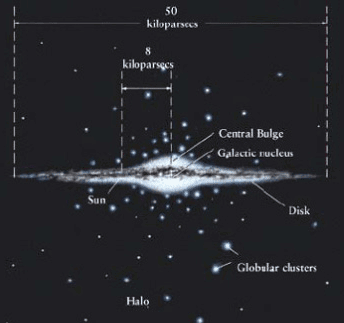 Globular clusters, or GC, are roughly spherical groupings of from 10,000 to several million stars packed into regions of from 10 to 30 light years across. They commonly consist of very old Population II stars—just a few hundred million years younger than the universe itself—which are mostly yellow and red, with mass just less than two solar masses. Such stars predominate within clusters because hotter and more massive stars have exploded as supernovae, or evolved through planetary nebula phases to end as white dwarfs. Yet a few rare blue stars exist in globulars, thought to be formed by stellar mergers in their dense inner regions; these stars are known as blue stragglers.
Globular clusters, or GC, are roughly spherical groupings of from 10,000 to several million stars packed into regions of from 10 to 30 light years across. They commonly consist of very old Population II stars—just a few hundred million years younger than the universe itself—which are mostly yellow and red, with mass just less than two solar masses. Such stars predominate within clusters because hotter and more massive stars have exploded as supernovae, or evolved through planetary nebula phases to end as white dwarfs. Yet a few rare blue stars exist in globulars, thought to be formed by stellar mergers in their dense inner regions; these stars are known as blue stragglers.Globular cluster
 Globular clusters, or GC, are roughly spherical groupings of from 10,000 to several million stars packed into regions of from 10 to 30 light years across. They commonly consist of very old Population II stars—just a few hundred million years younger than the universe itself—which are mostly yellow and red, with mass just less than two solar masses. Such stars predominate within clusters because hotter and more massive stars have exploded as supernovae, or evolved through planetary nebula phases to end as white dwarfs. Yet a few rare blue stars exist in globulars, thought to be formed by stellar mergers in their dense inner regions; these stars are known as blue stragglers.
Globular clusters, or GC, are roughly spherical groupings of from 10,000 to several million stars packed into regions of from 10 to 30 light years across. They commonly consist of very old Population II stars—just a few hundred million years younger than the universe itself—which are mostly yellow and red, with mass just less than two solar masses. Such stars predominate within clusters because hotter and more massive stars have exploded as supernovae, or evolved through planetary nebula phases to end as white dwarfs. Yet a few rare blue stars exist in globulars, thought to be formed by stellar mergers in their dense inner regions; these stars are known as blue stragglers.Star cluster
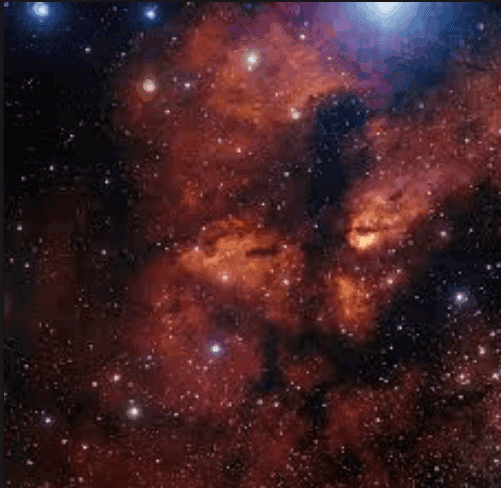
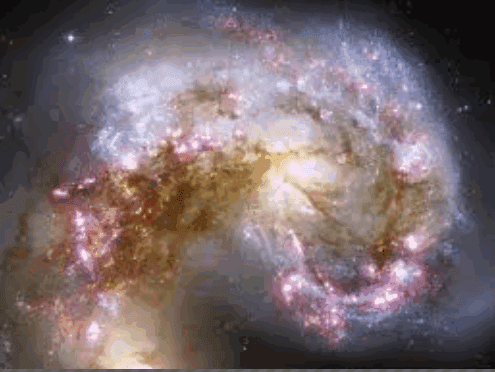 Star clusters or star clouds are groups of stars. Two types of star clusters can be distinguished: globular clusters are tight groups of hundreds of thousands of very old stars which are gravitationally bound, while open clusters, more loosely clustered groups of stars, generally contain fewer than a few hundred members, and are often very young. Open clusters become disrupted over time by the gravitational influence of giant molecular clouds as they move through the galaxy, but cluster members will continue to move in broadly the same direction through space even though they are no longer gravitationally bound; they are then known as a stellar association, sometimes also referred to as a moving group.
Star clusters or star clouds are groups of stars. Two types of star clusters can be distinguished: globular clusters are tight groups of hundreds of thousands of very old stars which are gravitationally bound, while open clusters, more loosely clustered groups of stars, generally contain fewer than a few hundred members, and are often very young. Open clusters become disrupted over time by the gravitational influence of giant molecular clouds as they move through the galaxy, but cluster members will continue to move in broadly the same direction through space even though they are no longer gravitationally bound; they are then known as a stellar association, sometimes also referred to as a moving group.Stars Collapse
As a star's core shrinks, the intensity of radiation from that surface increases, creating such radiation pressure on the outer shell of gas that it will push those layers away, forming a planetary nebula. If what remains after the outer atmosphere has been shed is less than 1.4 solar masses, it shrinks to a relatively tiny object about the size of Earth, known as a white dwarf. White dwarfs lack the mass for further gravitational compression to take place. The electron-degenerate matter inside a white dwarf is no longer a plasma, even though stars are generally referred to as being spheres of plasma. Eventually, white dwarfs fade into black dwarfs over a very long period of time.
Massive stars
During their helium-burning phase, very high-mass stars with more than nine solar masses expand to form red supergiants. Once this fuel is exhausted at the core, they continue to fuse elements heavier than helium.
The core contracts until the temperature and pressure suffice to fuse carbon (see carbon burning process). This process continues, with the successive stages being fueled by neon (see neon burning process), oxygen (see oxygen burning process), and silicon (see silicon burning process). Near the end of the star's life, fusion continues along a series of onion-layer shells within the star. Each shell fuses a different element, with the outermost shell fusing hydrogen; the next shell fusing helium, and so forth.
The core contracts until the temperature and pressure suffice to fuse carbon (see carbon burning process). This process continues, with the successive stages being fueled by neon (see neon burning process), oxygen (see oxygen burning process), and silicon (see silicon burning process). Near the end of the star's life, fusion continues along a series of onion-layer shells within the star. Each shell fuses a different element, with the outermost shell fusing hydrogen; the next shell fusing helium, and so forth.
Post-main sequence
As stars of at least 0.4 solar masses exhaust their supply of hydrogen at their core, their outer layers expand greatly and cool to form a red giant. In about 5 billion years, when the Sun enters this phase, it will expand to a maximum radius of roughly 1 astronomical unit (150 million kilometres), 250 times its present size. As a giant, the Sun will lose roughly 30% of its current mass.
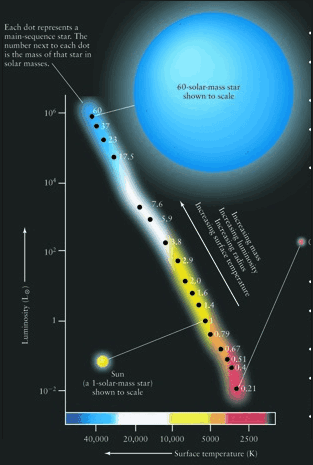
In a red giant of up to 2.25 solar masses, hydrogen fusion proceeds in a shell surrounding the core.

In a red giant of up to 2.25 solar masses, hydrogen fusion proceeds in a shell surrounding the core.
The Main sequence of stars
Every star generates a stellar wind of particles that causes a continual outflow of gas into space. For most stars, the mass lost is negligible. The Sun loses 10−14 solar masses every year, or about 0.01% of its total mass over its entire lifespan. However, very massive stars can lose 10−7 to 10−5 solar masses each year, significantly affecting their evolution. Stars that begin with more than 50 solar masses can lose over half their total mass while on the main sequence.
Protostar formation
The formation of a star begins with gravitational instability within a molecular cloud, caused by regions of higher density - often triggered by shock-waves from nearby supernovae (massive stellar explosions), the collision of different molecular clouds, or the collision of galaxies (as in a starburst galaxy). Once a region reaches a sufficient density of matter to satisfy the criteria for Jeans instability, it begins to collapse under its own gravitational force.
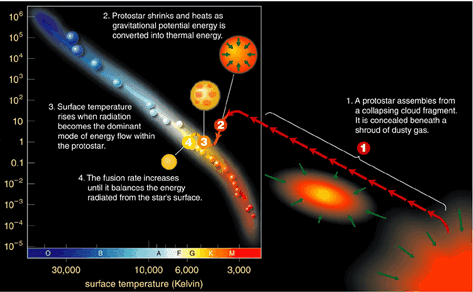 As the cloud collapses, individual conglomerations of dense dust and gas form "Bok globules". As a globule collapses and the density increases, the gravitational energy converts into heat and the temperature rises. When the protostellar cloud has approximately reached the stable condition of hydrostatic equilibrium, a protostar forms at the core. These pre–main sequence stars are often surrounded by a protoplanetary disk and powered mainly by the release of gravitational energy. The period of gravitational contraction lasts about 10 to 15 million years.
As the cloud collapses, individual conglomerations of dense dust and gas form "Bok globules". As a globule collapses and the density increases, the gravitational energy converts into heat and the temperature rises. When the protostellar cloud has approximately reached the stable condition of hydrostatic equilibrium, a protostar forms at the core. These pre–main sequence stars are often surrounded by a protoplanetary disk and powered mainly by the release of gravitational energy. The period of gravitational contraction lasts about 10 to 15 million years.
Early stars of less than 2 solar masses are called T Tauri stars, while those with greater mass are Herbig Ae/Be stars. These newly-formed stars emit jets of gas along their axis of rotation, which may reduce the angular momentum of the collapsing star and result in small patches of nebulosity known as Herbig–Haro objects. These jets, in combination with radiation from nearby massive stars, may help to drive away the surrounding cloud from which the star was formed.
Early in their development, T Tauri stars follow the Hayashi track—they contract and decrease in luminosity while remaining at roughly the same temperature. Less massive T Tauri stars follow this track to the main sequence, while more massive stars turn onto the Henyey track.
 As the cloud collapses, individual conglomerations of dense dust and gas form "Bok globules". As a globule collapses and the density increases, the gravitational energy converts into heat and the temperature rises. When the protostellar cloud has approximately reached the stable condition of hydrostatic equilibrium, a protostar forms at the core. These pre–main sequence stars are often surrounded by a protoplanetary disk and powered mainly by the release of gravitational energy. The period of gravitational contraction lasts about 10 to 15 million years.
As the cloud collapses, individual conglomerations of dense dust and gas form "Bok globules". As a globule collapses and the density increases, the gravitational energy converts into heat and the temperature rises. When the protostellar cloud has approximately reached the stable condition of hydrostatic equilibrium, a protostar forms at the core. These pre–main sequence stars are often surrounded by a protoplanetary disk and powered mainly by the release of gravitational energy. The period of gravitational contraction lasts about 10 to 15 million years.Early stars of less than 2 solar masses are called T Tauri stars, while those with greater mass are Herbig Ae/Be stars. These newly-formed stars emit jets of gas along their axis of rotation, which may reduce the angular momentum of the collapsing star and result in small patches of nebulosity known as Herbig–Haro objects. These jets, in combination with radiation from nearby massive stars, may help to drive away the surrounding cloud from which the star was formed.
Early in their development, T Tauri stars follow the Hayashi track—they contract and decrease in luminosity while remaining at roughly the same temperature. Less massive T Tauri stars follow this track to the main sequence, while more massive stars turn onto the Henyey track.
Subscribe to:
Comments (Atom)
You may Like this

Electromagnetic radiation
Electromagnetic radiation (EM radiation or EMR) is a fundamental phenomenon of electromagnetism...

Massive stars
During their helium-burning phase, very high-mass stars with more than nine solar masses expand to form red supergiants...
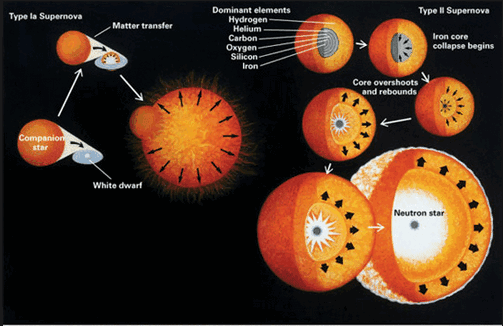
Stars Collapse
As a star's core shrinks, the intensity of radiation from that surface increases, creating such radiation pressure...
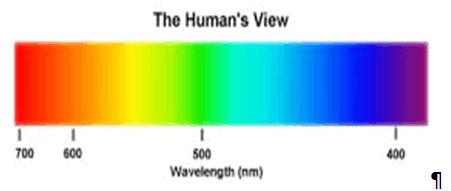
Animal color vision
Many species can see light with frequencies outside the human "visible spectrum"...
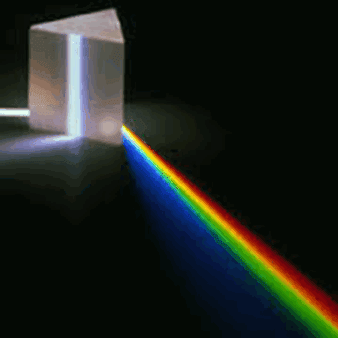
Visible spectrum
The visible spectrum is the portion of the electromagnetic spectrum that is visible to (can be detected by) the human eye...

Electromagnetic Spectrum
A spectrum (plural spectra or spectrums) is a condition that is not limited to a specific set of values...


















